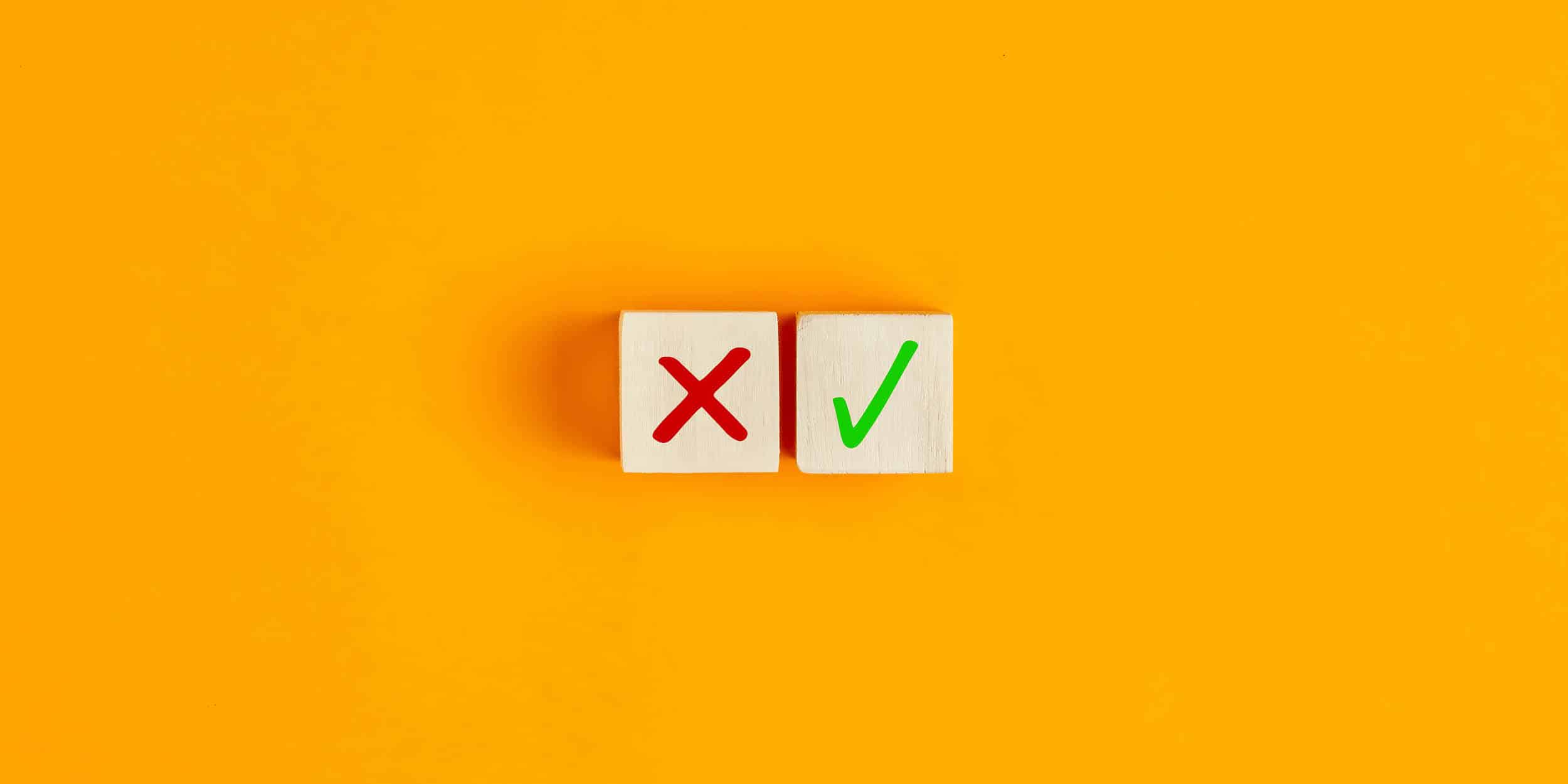In this case study, we will explore how mining companies can use various types of occupational tests to reduce Total Recordable Incident Rates (TRIR) long term.
Category : Pre-Employment Testing

7 Essential Exposure Limit Terms That All Employers Should Understand
Knowing and understanding exposure limit terms can help employers make decisions that keep their workers safe and healthy. This article discusses seven essential exposure limit terms that all employers should know.

11 Reasons Safety Training is Important in Transportation
Get an overview of the safety training requirements in the transportation industry and essential resources to help you meet those requirements.

Impact of Occupational Testing on North American Health and Safety Culture: Mining
Despite advancements in mine safety, mining remains a dangerous business. One of the primary reasons for that is human error. Occupational testing can help prevent and address human error by identifying risk factors and unsafe behaviours.

Texas State: Occupational Testing Laws
When it comes to the laws surrounding occupational testing, different states have different rules. Here’s a look at Texas State occupational testing laws.

Impact of Occupational Testing on North American Health and Safety Culture: Forestry & Agriculture
In recent years, interventions, including occupational testing and safety education and training, have significantly reduced the number of fatalities and injuries in the agricultural industry. But there is more work to be done. Farming remains dangerous work.

Impact of Occupational Testing on North American Health and Safety Culture: Oil & Gas
Research, accident investigations, and analyses regularly identify non-compliance as a significant contributor to accidents, including those in the oil and gas industry. Occupational testing, alongside a robust health and safety program, can help.

Impact of Occupational Testing on North American Health & Safety Culture: Construction
According to a study conducted by The Institute for Work and Health (IWH), employers in the construction industry can realize an average of 36% return on their investments in health and safety. Here’s how…

Non-Negative Results: What do they mean?
A non-negative specimen is not the same as a positive specimen. A drug test result is categorized as positive if testing indicates the presence of a targeted drug or its metabolite at a level above the minimum cut-off. However, a non-negative specimen also does not clearly indicate that the test subject has not used prohibited drugs.

13-Panel Drug Test: The Most Extensive Drug Screen
The 13-panel drug test screens for commonly misused prescription drugs and illegal substances including Amphetamines, Barbiturates, Benzodiazepines, Cannabinoids, and more. Learn more…

